The controversy surrounding American Eagle’s ‘Sydney Sweeney has great jeans’ advertising campaign broke out in late July, but now it’s mid-August and public opinion has yet to cool down.

Sydney Sweeney in an American Eagle ad – Photo: American Eagle
According to Fashion Network magazine , most recently, on August 16, MC Phil McGraw was so angry when he saw many people criticizing Sydney Sweeney’s advertisement that he declared he would buy American Eagle jeans for all the women in his family.
But perhaps this is just the latest chapter in the history of the debate over the meaning of jeans, which is inevitable when so many people think the world’s most popular and recognizable garment belongs to them.
How were jeans born?
The name associated with the birth of jeans is the entrepreneur Levi Strauss. In 1873, a customer of his – tailor Jacob Davis in a Nevada mining town – came to him with an idea.
Jacob Davis says he made sturdy pants from denim he bought from Levi Strauss and decorated them with metal rivets. The pants quickly became popular with miners. The two later expanded their business, founding a company to sell the pants to miners and cowboys who needed clothing that could withstand the rigors of the job.
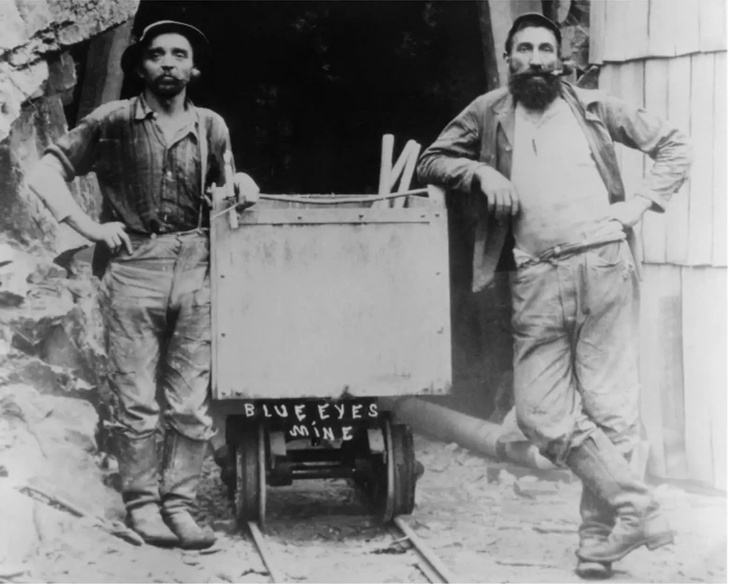
Levi Strauss and tailor Jacob Davis combined copper rivets with denim to create the first industrially produced overalls in 1873 – Photo: Levi’s
Soon other companies jumped on board, and over the next half century, jeans spread among working-class people across America.
Take a look at iconic photos of American workers during the Great Depression (1929-1939): one striking feature is that almost everyone is wearing jeans or close variations like denim overalls or overalls. That was the uniform of the masses, of those working in factories and fields.
Also during that decade, a new trend emerged and signaled an important turning point: jeans began to be “culturally appropriated” to become a fashion statement .
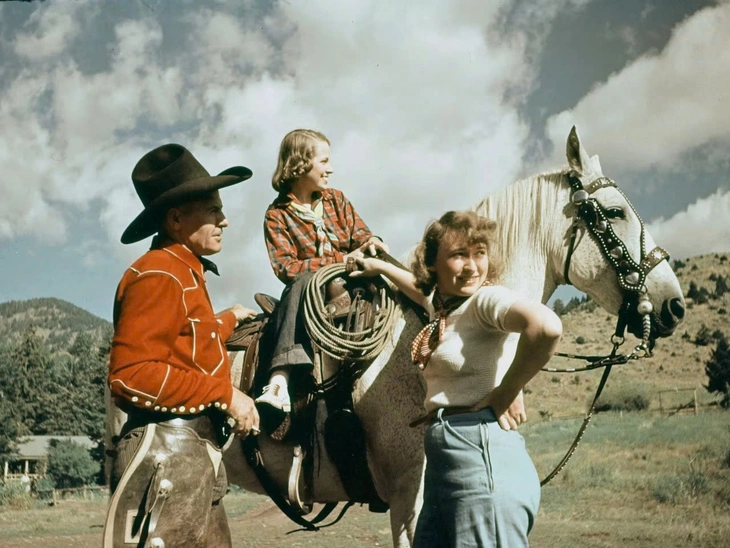
The upper class at that time favored jeans because they wanted to experience the cowboy life – Photo: The Wall Street Journal
The pioneers were the upper class, who flocked to the ranches in the West to experience the cowboy lifestyle. From there, the “Dude Ranch Duds” fashion was born, led by the brand Levi Strauss & Co. In 1934, the company even launched its first line of jeans for women: Lady Levi’s.
As a result, jeans became a popular item to assert the wearer’s identity. In particular, actor Marlon Brando was one of the most enthusiastic promoters of jeans fashion, to the point that he wore them everywhere. Receptionists and talent scouts in Hollywood even mistook him for someone who came to fix a plumber or clean windows.
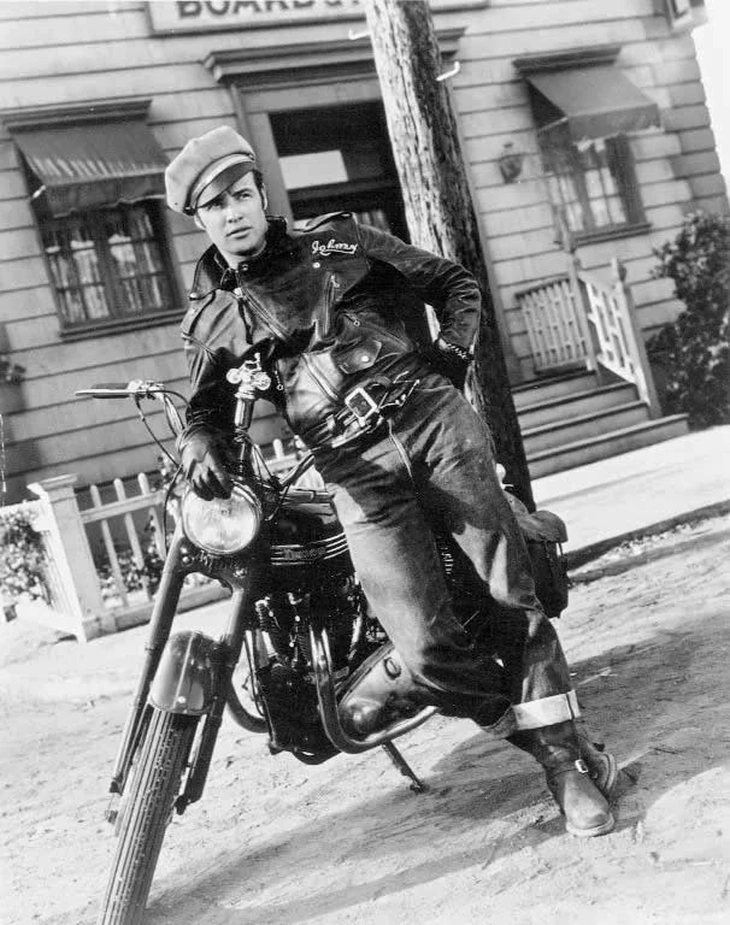
Marlon Brando brought his personal style to the screen, starting with The Wild One, where he played the leader of a small town’s biker gang wearing jeans. The image quickly won over the white middle class, especially high school and college students, who flocked to imitate it. But for the older generation, the trend was annoying – Photo: Britannica
Cultural appropriation debates have raged over the years.
In 1957, the New York Times reported that jeans, once considered a healthy garment, had fallen into disrepute. “Since the youth began to wear jeans in a casual way, many schools across the country have banned their students from wearing them in the classroom,” the newspaper reported.
By the 1960s, the rebellious power of jeans exploded, especially as they became the uniform of the counterculture movement.
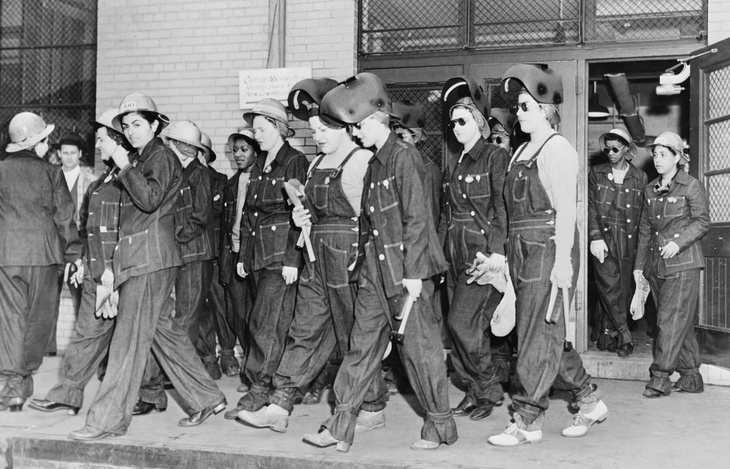
Female welders wearing denim overalls on their way to work, circa 1943, at the Todd Erie Basin dry dock – Photo: Stocktrek Images
Feminists chose jeans over skirts to demand gender equality, and civil rights activists also wore jeans because they evoked the denim once associated with slaves and sharecroppers – a subtle reminder that segregation in the American South had not disappeared.
From there, the “jeans wars” escalated. In 1980, the straight-leg style of jeans became associated with moral decadence in the eyes of some. That same year, 15-year-old model Brooke Shields appeared in a series of sexually explicit Calvin Klein jeans ads , sparking a backlash from conservatives.
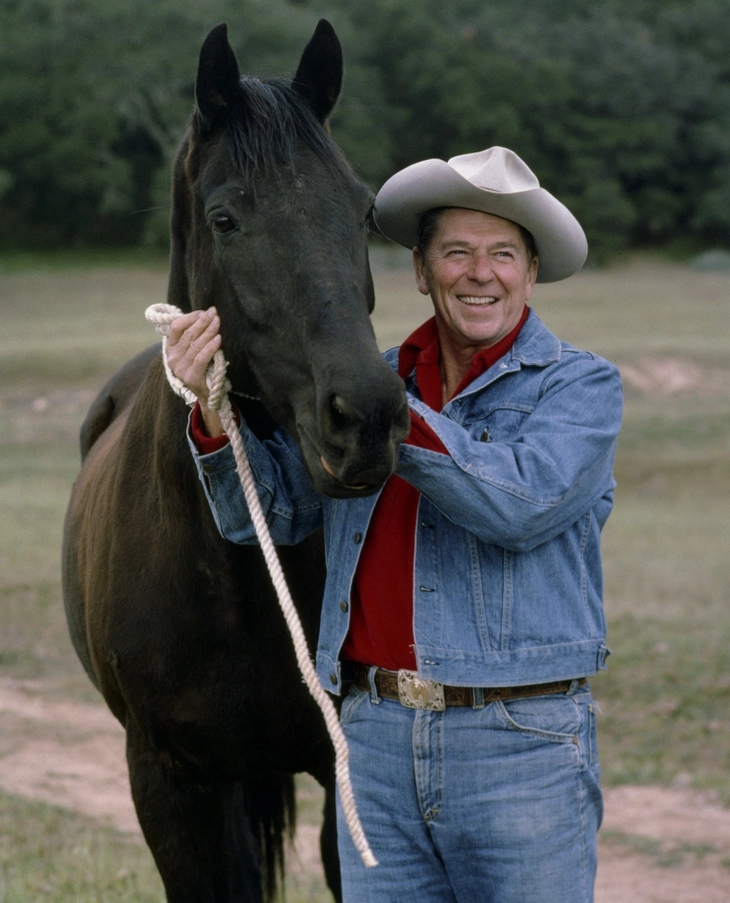
The 40th President of the United States Ronald Reagan is often associated with the image of a “rancher” wearing blue jeans – Photo: Wikiwand
At that time, a wave of conservative backlash began to recapture jeans. After Ronald Reagan became president, he built an image of a true “rancher” most comfortable in his familiar blue jeans . Under George W. Bush, this image continued to be maintained and reinforced, making jeans a familiar symbol for conservatives.
So, Fashion Network magazine believes that the controversy surrounding Sydney Sweeney ‘s advertisement is not new, this is just a small part of the controversy about jeans and this cultural war will continue in the future.
News
Greg Norman offered his prediction on what golf might be like in the next 10 years: “Just look at golf being included in the Olympic Games.”
Greg Norman predicts what golf could look like in 10 years’ time Greg Norman’s impact on golf in recent times…
The Beckham family is in turmoil as they cut off all communication with each other.
Beckhams’ heartbreaking split as Brooklyn BLOCKS whole family on Instagram with no warning and Cruz reveals upset Nicola Peltz has…
President Trump complained about the FBI searching Melania’s ‘drawer’ and damaged his wife’s ‘panties,’ causing the entire audience to fall silent!!
‘Weird’ Donald Trump Complains the FBI Made a Mess of Wife Melania’s ‘Panties’ in Unhinged Rant Source: MEGADonald Trump went…
Ryan Seacrest Dumped Again by Girlfriend Camille Orders as the Workaholic Chooses His Career Over Love… Again!
Ryan Seacrest Dumped Again by Girlfriend Camille Orders as the Workaholic Chooses His Career Over Love… Again! Source: MEGA Ryan…
REPORT: Celine Dion is ready for romance again, nearly a decade after Rene Angelil’s death.
Céline Dion Ready for Love Again! Singer Declares She’s Been ‘Given Another Chance at Life’ After Major Health Comeback Source:…
Billionaire Elon Musk wins lawsuit, gets his $56 billion compensation package reinstated.
With the 2018 compensation package restored, Elon Musk is about to earn an additional $139 billion. If billionaire Elon Musk…
End of content
No more pages to load












